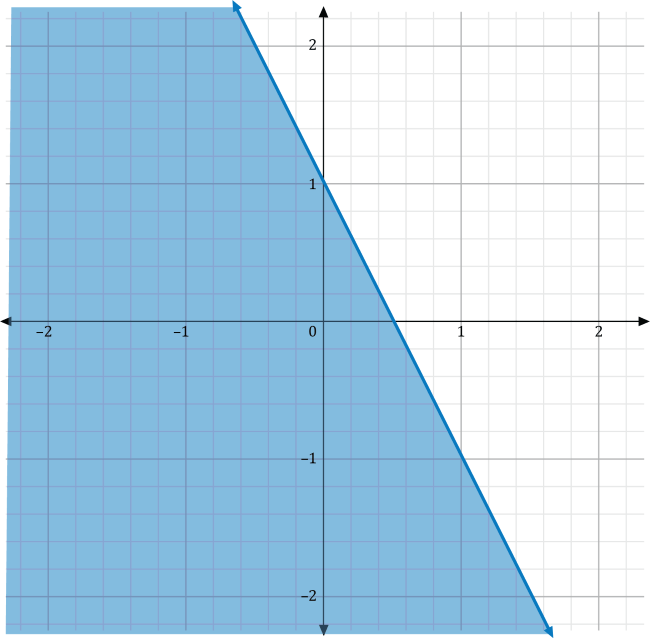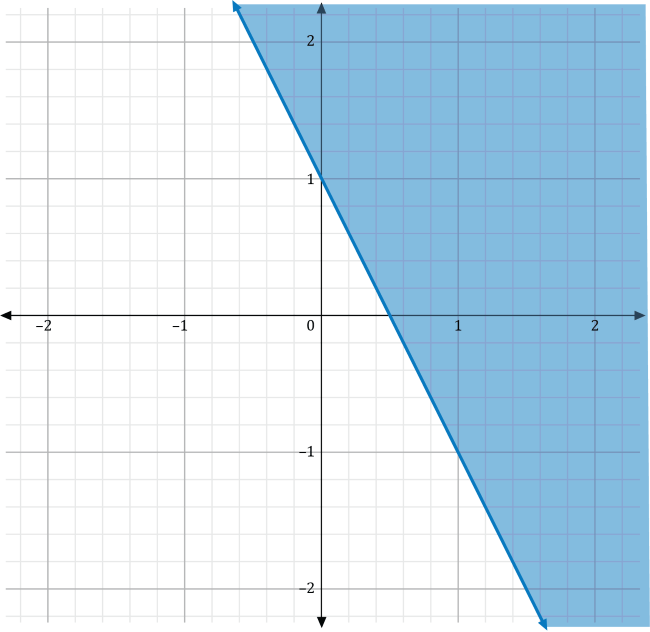Mometrix’s Algebra I videos are general reviews of the concepts, ideas, and topics that may be presented on an exam. Each of these videos will give a wide-scope review of what a test taker may need to know as they prepare to take a test.
Algebra Basics
Linear Equations
Manipulating Expressions
Ratios and Percentages
Inequalities
Quadratics
Functions
Systems of Equations and Their Solutions
Applications
Practice Question Videos
Check Out Mometrix's Algebra I Study Guide
Get practice questions, video tutorials, and detailed study lessons
Get Your Study Guide
Algebra I Problems
Finding the Slope of a Line. What is the slope of a straight line that passes through the points
Slope-Intercept and Point-Slope Forms. Cheryl is a real estate agent and has determined that the prices,
Adding and Subtracting Exponents. Simplify the following expression by combining like terms:
Solving Equations Involving Roots. Solve for
Percent Change. Michael observed that one summer day, his aunt’s snow-cone stand sold 80 snow-cones. The next day was hotter than the first, and 92 snow-cones were sold. By what percentage did sales increase from the first day to the second?
Solving Multi-Step Inequalities. If Sheila’s Candle Co. sells premium homemade candles for $8.00 each and there is an annual fixed production cost of $352, at least how many candles must be sold each year to break even? Let
Graphing Linear Inequalities. Which of the following graphs represents the inequality




Adding and Subtracting Polynomials. Shaun’s father works as a sales analyst for a car manufacturing company and determines that the monthly profits in U.S. dollars from Model A and from Model B can be estimated using the following functions, where x represents the number of vehicles produced that month.
Determine how much profit is generated by the manufacturing company from both models by adding together
Vertex of a Parabola. Which of the following functions has a vertex at the point
Solving Systems of Equations. Over the course of one week, Trina kept track of the heights of some plants in her garden, including a tomato plant and a bamboo shoot. The tomato plant started out taller than the bamboo shoot but grows slower than bamboo does. The system of equations below represents the growth of the two plants. After how many days
Affiliate disclosure: As an Amazon Associate, we may earn commissions from qualifying purchases from Amazon.com.


